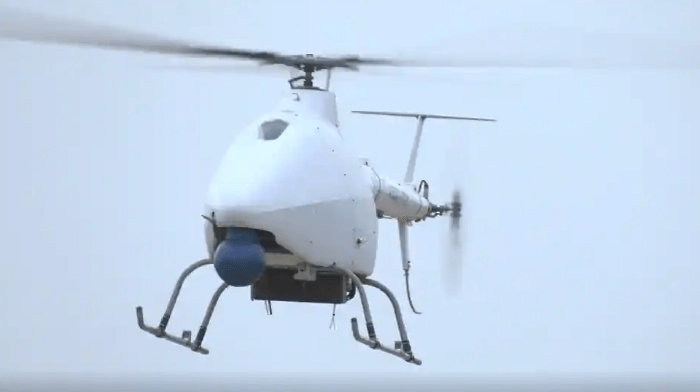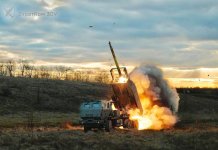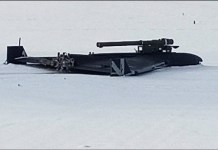In a bid to compete with one another, India and China have been deploying their heavy weaponry and latest armaments along the Line of Actual Control (LAC) in Eastern Ladakh to prepare for the worst.
Pakistan Slams India For “Illegally” Freezing Amnesty’s Bank Accounts
China’s first independently developed unmanned helicopter, AR-500C prototype, successfully completed its maiden flight in the in southwestern China near Tibet, state media reported.
The unmanned helicopter took off from the Daocheng Yading Airport, the world’s highest civilian airport with an elevation of 4,411 meters, said the state-owned Aviation Industry Corp of China (AVIC), the aircraft’s developer in a statement.
The flight was 15 minutes long during which it successfully completed a series of tests including climbing, hovering, rotating and other operations manoeuvres, before steadily landing, AVIC said.
The prototype can carry a payload of 80 kilograms and has the capability to fly for five hours in high altitude regions like the Himalayas. The state media report confirmed that the aircraft is expected to be deployed at the Indo-Sino border where the two countries are at loggerheads since May.
Despite the ongoing disengagement process, there have been several violent clashes on the Line of Actual Control (LAC). Both the sides have been ramping up their military deployment in the region to stand prepared in case push comes to shove.

In a separate statement released in May, AVIC said that the AR-500C took a flight in the low altitude region and “will be used in missions including reconnaissance and communication relay, with optional functions including electronic disruption, target indication, fire strikes, cargo delivery, and nuclear radiation and chemical contamination reconnaissance.”
New Delhi has been rushing supplies for the troops stationed on the LAC for the upcoming winter months in the high altitude region on the Himalayas.
The report, citing military aviation expert Fu Qianshao, said that the thin air at high elevations usually brings more challenges to the rotor and engine design, and the AR-500C’s success signals technological breakthroughs.
Reportedly, the People’s Liberation Army is using drones to supply food and other essential items on the LAC. However, the drones currently used can’t carry a heavier payload as the AR-500C can.
The report quoted another anonymous military expert who said that the AR-500C could be a powerful addition to PLA arsenal, as it is expected to carry heavier payloads, have longer endurance, fly higher and be more versatile than the drones currently in service.
New Delhi has recently placed an order for MQ-9B Sky Guardian drone from the US. It has a 40-hour endurance with a maximum altitude of 40,000 feet. Its payload capacity, including air to surface missile and laser-guided bombs, is up to 2.5 tonnes.
To strengthen its air operations, it has further decided to upgrade the Israeli Heron fleet with satellite communication capability enhancing its range and surveillance capabilities.
Due to lack of a satellite link in the Heron, two such unmanned aerial drones have to be flown in tandem with a time gap so that information is relayed back to base through the second drone in case of long-range surveillance.
Overall, experts talking to the EurAsian Times stated that despite consistent border tensions, the mountainous region of Ladakh could end-up becoming a battle-ground of technology and both sides will look to draw lessons from the conflict.




